A debate has recently emerged between industry thought leaders, about whether or not innovation has significantly slowed in the lighting industry. On one side, industry thought-leaders Mark Lien and Randy Reid argue innovation has slowed in this video interview during Light+Building. On the other side, thought-leader Carrie Meadows at LEDs Magazine argues that innovation hasn’t slowed, but rather needs to be redefined, in her opinion piece, here.

Image courtesy Pixabay.com
I strongly agree with Ms. Meadows. Massive LED chip performance gains have ended, so innovation has simply changed directions…….in many directions. Rather than repeat Ms. Meadows arguments, here are some examples of how innovation has shifted from chip performance to lamp and luminaire performance, form factors, and convergence features:
- Materials, such as incorporating graphene in housings and heatsinks. Quantum dots and other novel downconverters.
- Controls. Numerous innovations, both toward simplicity as well as advanced networked complexity. Both wired and wireless. Also, motion detection without sensors.
- Dramatically smaller luminaire form factors for linear highbays, UFO highbays, emergency luminaires, wall packs, streetlights, spotlights, downlights, and more.
- Profound driver innovation with size reductions of 50% or doubling of light outputs.
- Mini and micro LEDs that are beginning to move from the display industry to general lighting, driving some of the advances in filament LED lamps.
- Amber LEDs for street and area lighting driven by dark sky concerns.
- LED filament replacements for HID lamps that have increased lamp efficacy, increased optical control, and reduced lamp size, all at the same time.
- Multi-channel tunable lamps and luminaires for nearly every application, moving the industry closer to its color-mixing white LED future (only 5-10 years away in DOE predictions).
- Electrification-driven innovations such as EV chargers in streetlight poles and increased development of DC fixtures for microgrids, including PoE.
Which side of this debate do you fall on? Have I neglected to list other important lighting innovation directions? Comment below.






You must be logged in to post a comment.